Calla Lily Problems: Reasons Why My Calla Lily Is Drooping
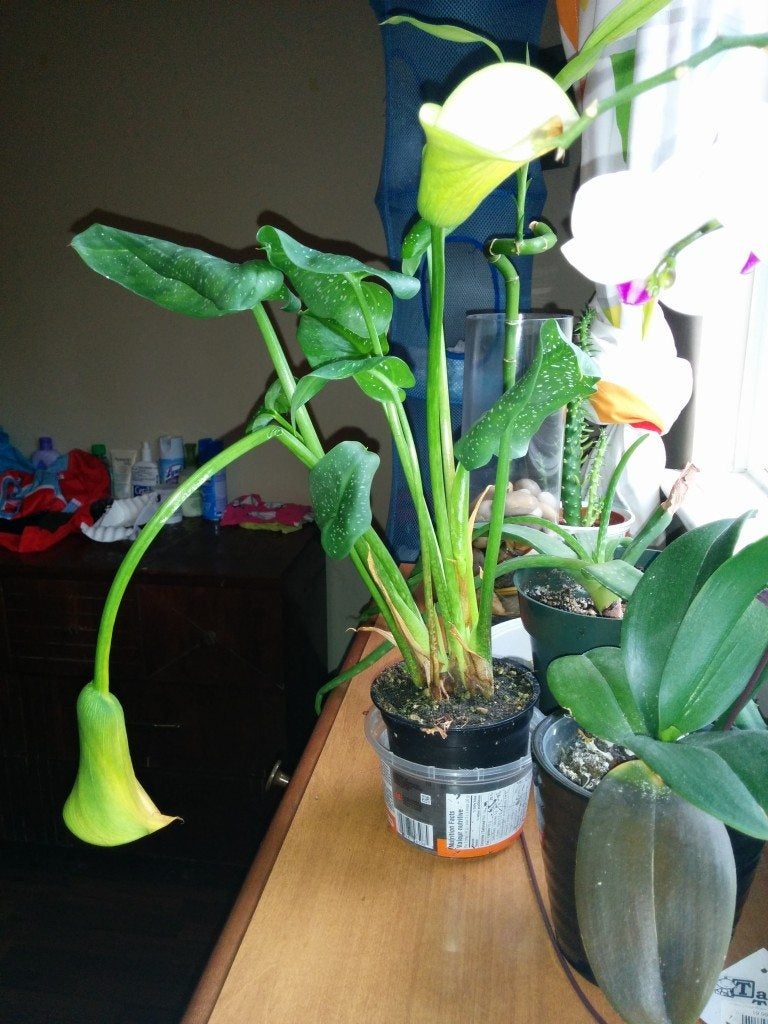

Calla lilies are native to South Africa and grow well in temperate to warm climates or as indoor plants. They are not particularly temperamental plants and adapt well to full sun or partial shade. Calla lily problems arise when the plant is over or underwatered. This can cause the heavy calla lily flower to droop. Drooping calla lilies may also be from excess nitrogen or a fungal rot disease.
Help! My Calla Lily is Drooping!
These plants are as lovely for their sword-shaped leaves as well as the cupped blooms. The leaves may become limp and drag if you have given the plant too much nitrogen fertilizer, which encourages leafy growth. They will also droop if the soil condition is too dry or too wet.
The problem can also simply be that the blooms are too large. Stems may grow 2 to 3 feet (61-91 cm.) tall but they are slender and must support robust blooms up to 5 inches (13 cm.) long. Count yourself lucky if you are producing such huge flowers and cut them off and bring them indoors in a vase to enjoy. Leave the foliage until fall to gather energy for the bulb to store for the next year's blooms.
How to Fix a Drooping Calla Lily Due to Water
There is no real method for fixing a drooping calla unless it is simply wilting. In that case, just give it a drink and it should perk up in a day or two. Callas grow from bulbs, which need to be planted in well drained soil and, if potted, in an unglazed pot that will allow excess moisture to evaporate. Drooping calla lilies occur if the bulb is steeped in water and the bulb begins to rot. Once rot has occurred, you will need to discard the bulb and start over.
Fungal Calla Lily Flower Droop
Cool, wet conditions contribute to the formation of fungal spores. When the warm weather hits, they bloom and spread causing all kinds of mayhem on a wide variety of plants. Soft rot is most common on calla lilies. This forms from spores in the soil that attack the bulb and stems of the plant. Once the stems get affected, they become mushy and pliable. This leads to the gardener who says, “Help, my calla lily is drooping!” Calla lily flower droop can stem from several fungal diseases such as Anthracnose and root rot. The best cure is to replace the soil if possible or simply start over with a resistant form of the plant.
Additional Calla Lily Problems
These bulbs will not tolerate freezing weather and even a quick frost can affect the leaves and blooms. In fall, cut back the spent foliage and move the bulb indoors for winter. Let it dry on the counter for a few days and then wrap it in sphagnum moss or newspaper in a mesh bag. Store where temperatures are not freezing and the area is dry.
Replant the bulbs in spring as soon as soil temperatures have warmed to at least 60 degrees F. (16 C.). You can also start them in pots inside and transplant them for quicker blooms. Drooping calla lilies are usually just caused by easily controlled cultural conditions, so check your work and manage the bulbs for bountiful, beautiful blooms.
Gardening tips, videos, info and more delivered right to your inbox!
Sign up for the Gardening Know How newsletter today and receive a free copy of our e-book "How to Grow Delicious Tomatoes".

Bonnie Grant is a professional landscaper with a Certification in Urban Gardening. She has been gardening and writing for 15 years. A former professional chef, she has a passion for edible landscaping.
-
 Try The Trend – Turn Any Bed Into A Keyhole Garden With This Clever In-Ground Composter
Try The Trend – Turn Any Bed Into A Keyhole Garden With This Clever In-Ground ComposterKeyhole gardening is an efficient and sustainable practice that saves space. Get started on this DIY project quickly and easily with an in-ground composter.
By Bonnie L. Grant
-
 4 Superfast Composting Methods: Turn Waste Into Garden Gold In 30 Days Or Less
4 Superfast Composting Methods: Turn Waste Into Garden Gold In 30 Days Or LessTry the fastest composting methods to turbocharge your pile and transform kitchen scraps and garden waste into finished compost in just a few weeks.
By Mary Ellen Ellis
-
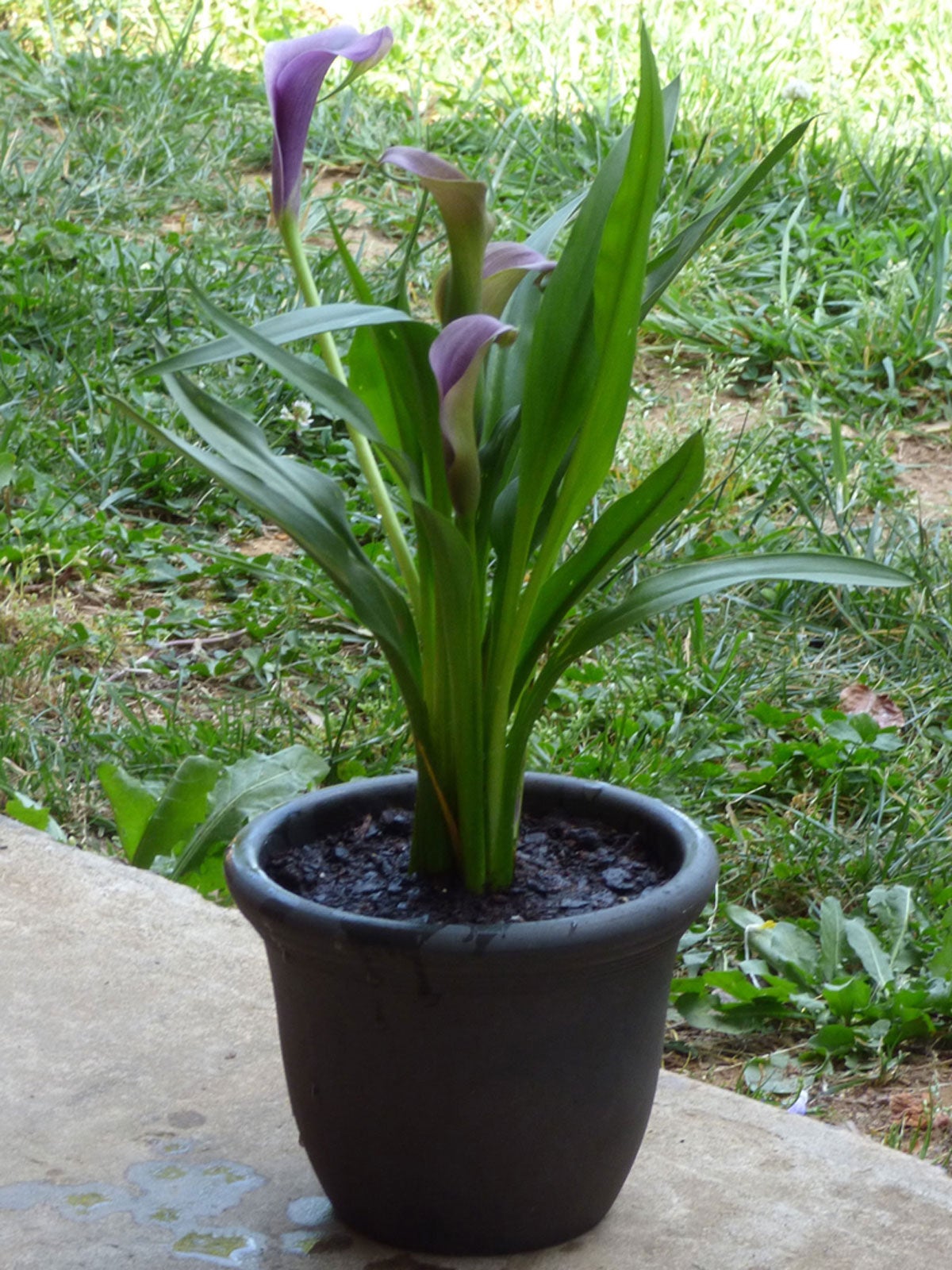 Planting A Calla Lily In A Pot: Care Of Container Grown Calla Lilies
Planting A Calla Lily In A Pot: Care Of Container Grown Calla LiliesCalla lilies are hardy in zones of 8-11 - but may survive zone 7 with protection. They also bloom primarily in summer. Because of bloom time and plant hardiness, many gardeners find it easier to grow potted calla lily plants. Click this article to learn more.
By Darcy Larum
-
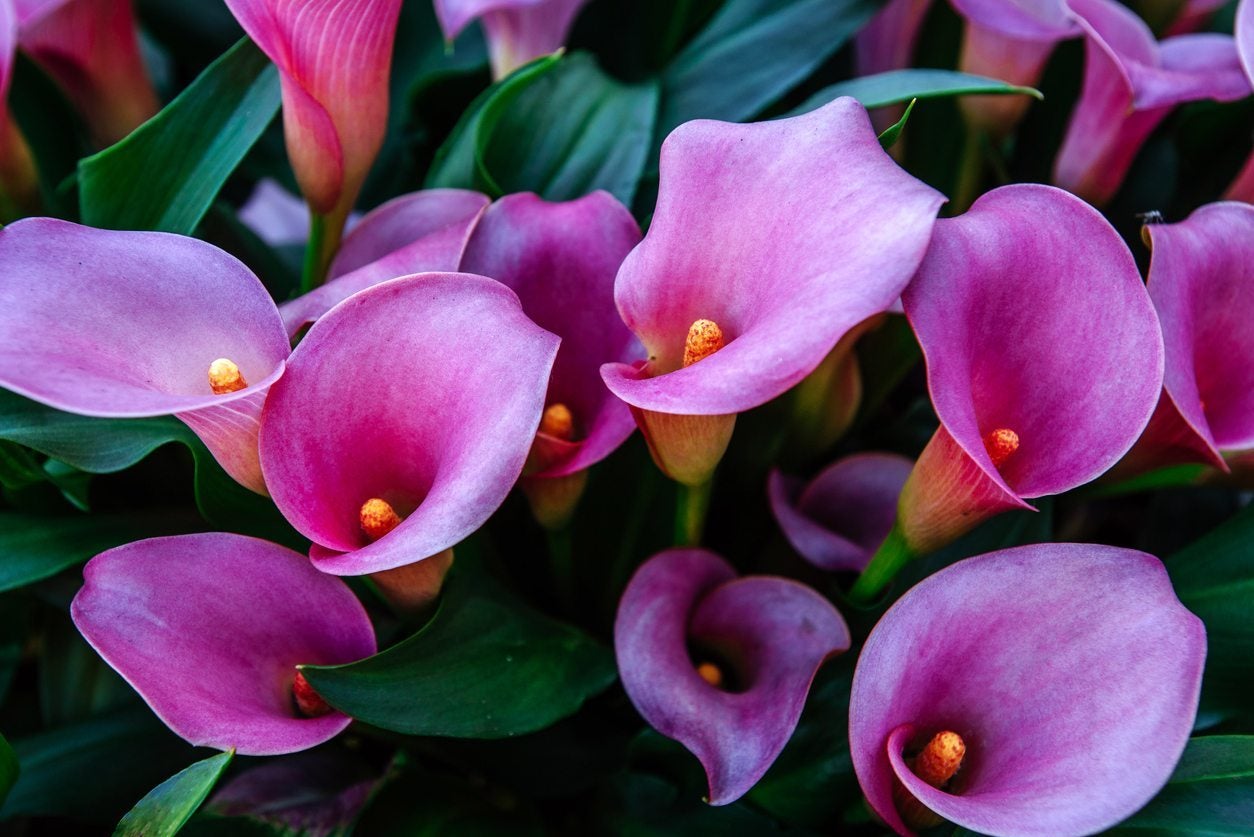 Calla Lily Hardiness: Will Calla Lilies Come Back In Spring
Calla Lily Hardiness: Will Calla Lilies Come Back In SpringCalla lily is a top choice for gifts and if you find yourself having been gifted one, you may be wondering what to do with it next. Is keeping callas year round possible or is it a one-time beauty? Let us help you figure it out. Click this article to learn more.
By Mary Ellen Ellis
-
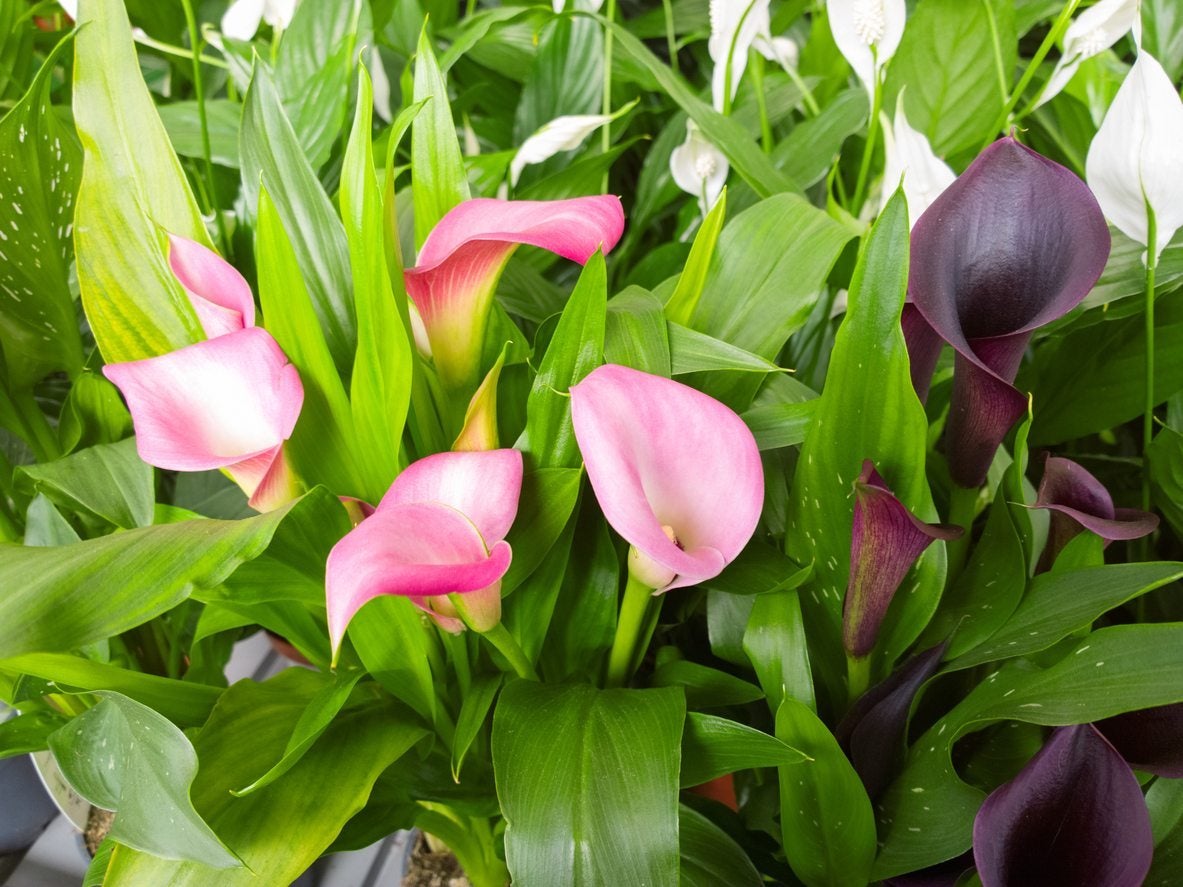 Calla Lily Varieties – Information About Different Calla Lily Plants
Calla Lily Varieties – Information About Different Calla Lily PlantsCalla lily plants produce classically beautiful flowers, prized for their elegant, trumpet-like shape. The white calla lily is one of the most well-known and popular varieties, but if you're a fan, check out the many other colorful options. This article will help.
By Mary Ellen Ellis
-
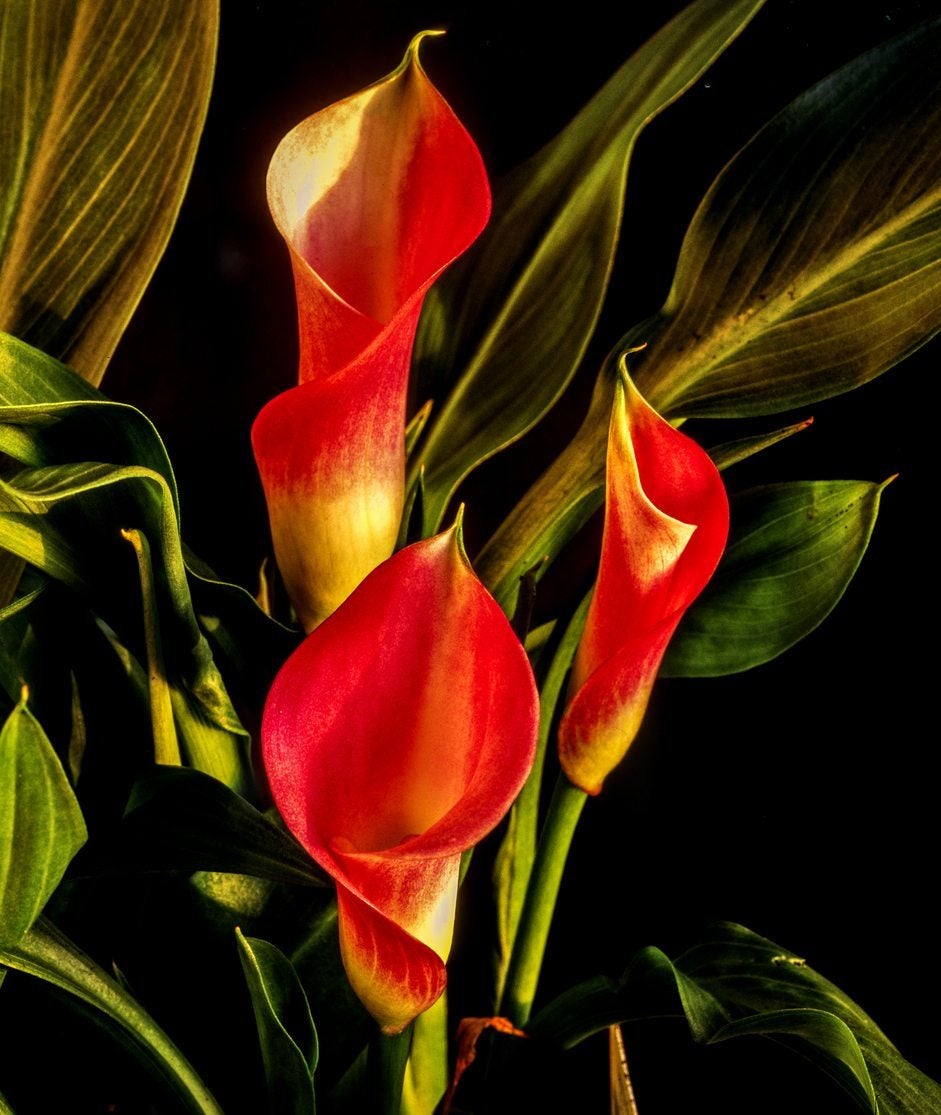 Feeding Calla Lilies : How To Fertilize Calla Lily Plants
Feeding Calla Lilies : How To Fertilize Calla Lily PlantsCalla lilies are heavy water users and require plenty of the right kind of nutrients for maximum flowering and healthy growth. Some tips on how to fertilize calla lily will ensure beautiful flowers and erect, vigorous plants. This article will help with that.
By Bonnie L. Grant
-
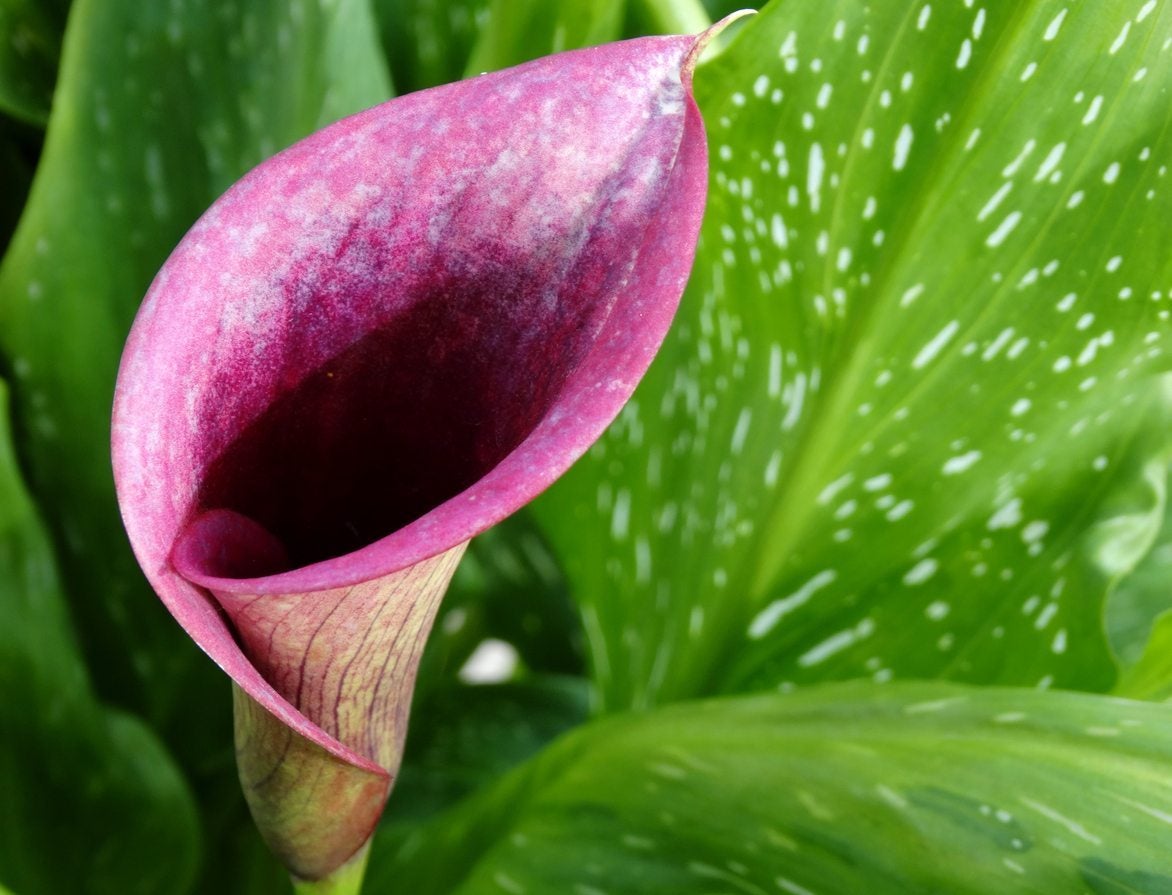 Calla Lily Watering: How Much Water Do Calla Lilies Need
Calla Lily Watering: How Much Water Do Calla Lilies NeedWhile calla lily is a relatively low-maintenance plant, it won't tolerate excessively dry conditions or soggy, poorly drained soil. You can learn more about calla lily water requirements in this article. Click here for additional information.
By Mary H. Dyer
-
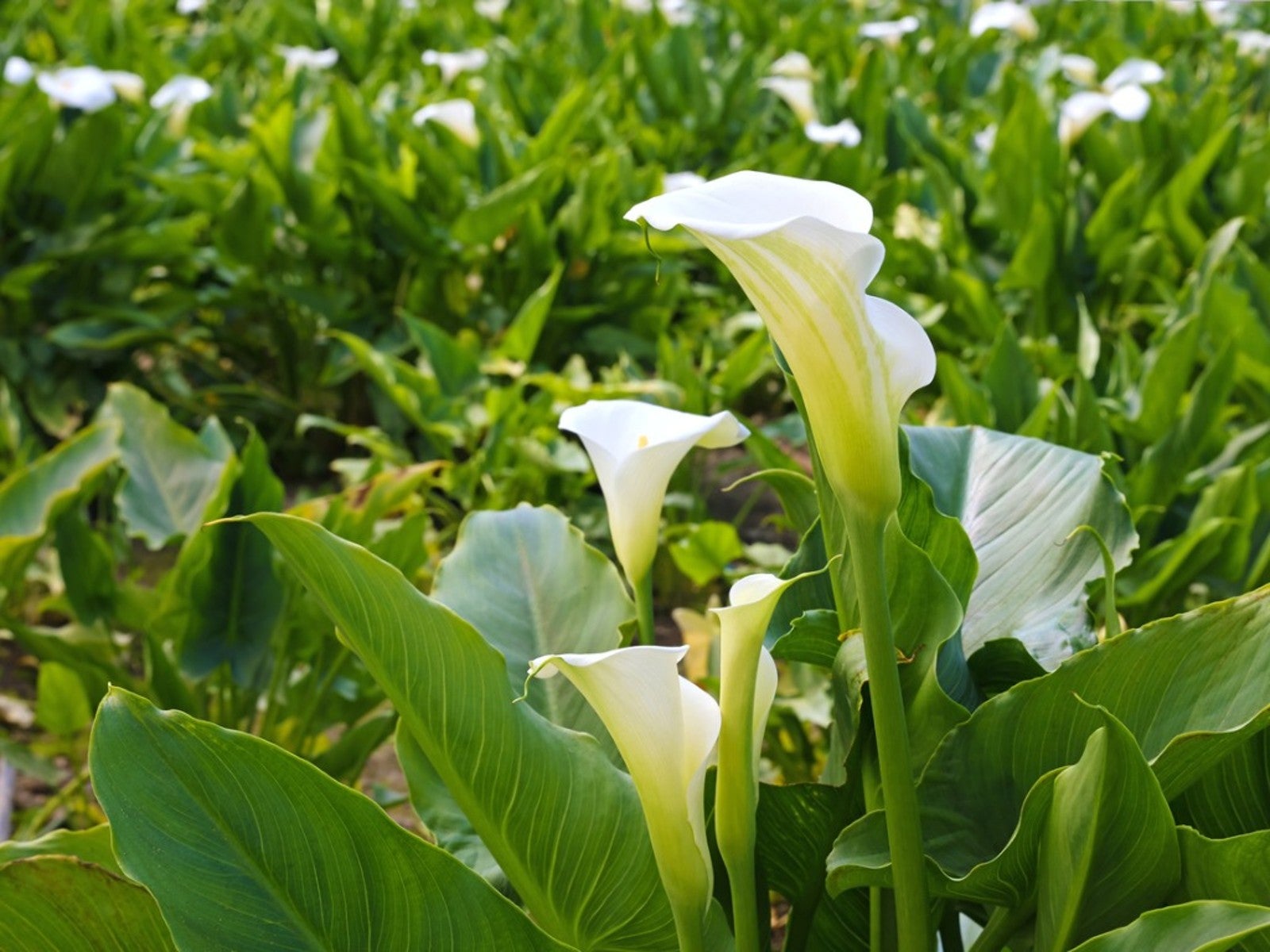 Calla Buds Not Blooming – Reasons Why Calla Lily Buds Don’t Open
Calla Buds Not Blooming – Reasons Why Calla Lily Buds Don’t OpenGetting buds to open on callas is not typically difficult, but there may be a few easy-fix problems going on with your plant. Tweaking one or two things should help you get your blooms back. This article will help with that.
By Mary Ellen Ellis
-
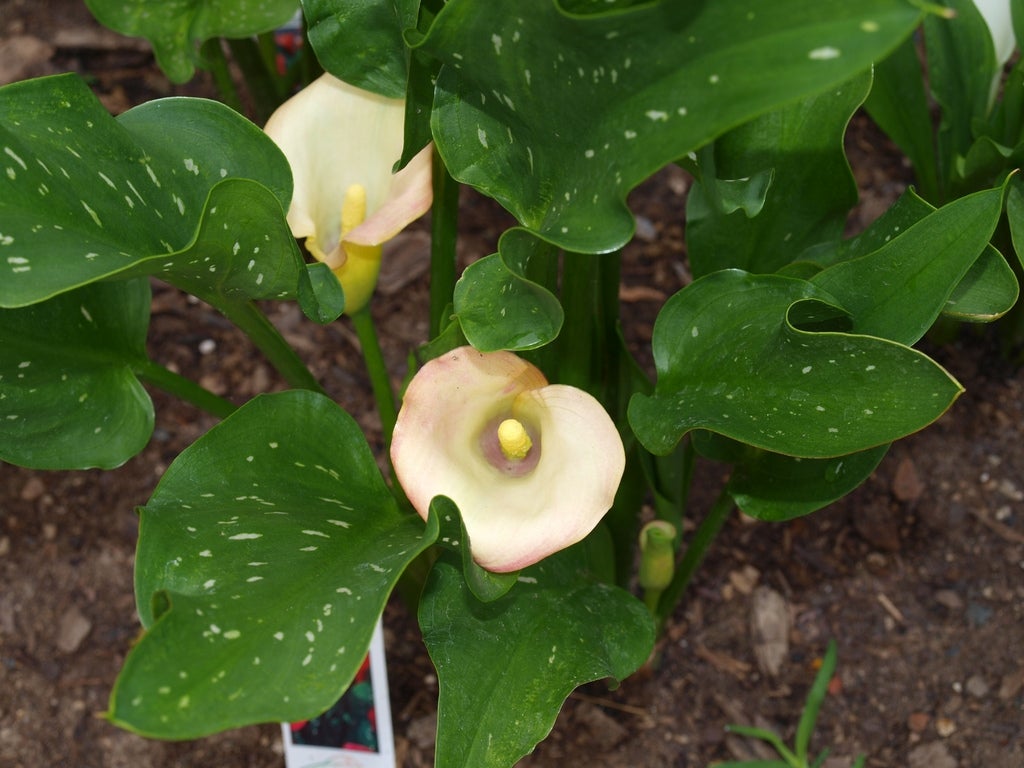 Transplanting Calla Lilies: How To Transplant Calla Lilies Outside
Transplanting Calla Lilies: How To Transplant Calla Lilies OutsideWith their handsome, tropical foliage and dramatic flowers, calla lilies add a hint of mystery and elegance to the garden. This article tells you how to transplant calla lilies outside or into pots for indoor or outdoor culture.
By Jackie Carroll
-
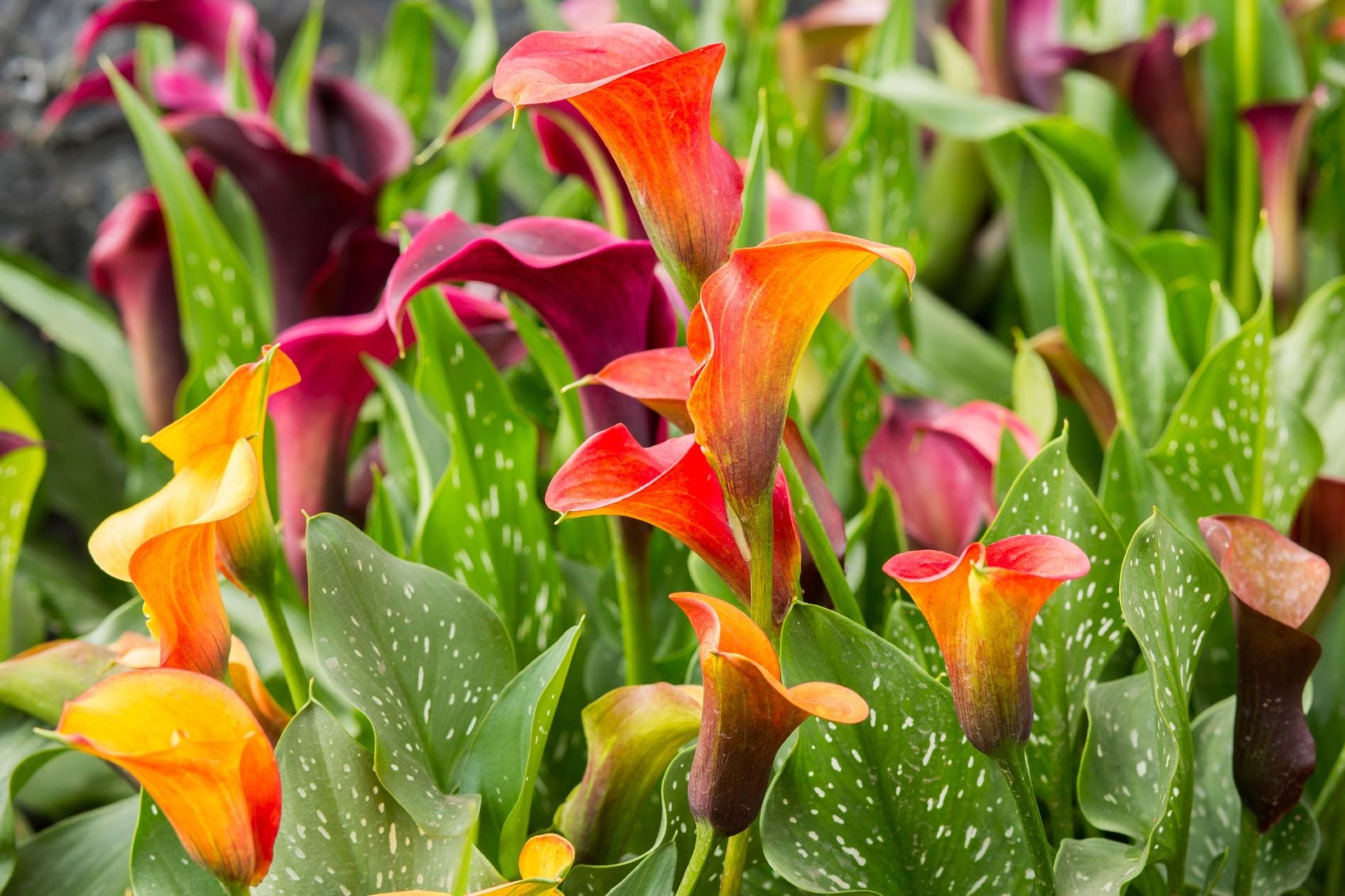 Dividing Calla Lilies - How And When To Divide Callas
Dividing Calla Lilies - How And When To Divide CallasCalla lilies are handsome enough to grow for their foliage alone, but when the bold, single-petaled flowers unfurl, they are sure to attract attention. Learn how to divide these dramatic, tropical plants in this article.
By Jackie Carroll